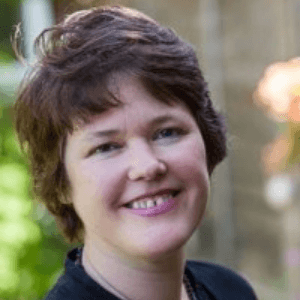
Traditionally in classrooms, teachers talk and children listen. While curriculums are updating to include self-directed learning, children in many classrooms may still feel unheard, and if they have worries or concerns outside of learning – peer pressure or bullying, test anxiety, or issues from home that affect them in school – there seems little place for them to seek sanctuary.
Now many teachers are discovering that listening tools are highly useful in reaching children. Some use a minute or two of Special Time to focus their attention on one child, boosting their connection and letting children know that they have, indeed, been heard. Others are finding that limits set with a playful tone can transform defiance and stop tensions rising in class.
In this post, educator Sarah Charlton describes how she used Listening Partnerships – where time is assigned for each of the children in a small group to talk about their current concerns, worries or frustrations. During this time, everyone in the group, including the educator, listens attentively, without judgments or even advice, although sometimes the educator will offer simple direction that she feels might guide the student to offload and breakthrough.
Listening like this provides space for students to unburden their tension and work through issues. Ultimately it gives them a unique and dedicated space to feel heard. Here is how it looks in practice:
“Having a made a good connection with an 11-year-old student in a support group I ran during her (and my) first term at school, she has, once in a while, come to find me now and then for additional support with challenges she faces at school.
On one such occasion we scheduled a half hour at lunchtime together with two of her friends. The session began with me setting some perimeters of confidentiality. We agree that anything shared during the listening partnership will remain confidential and not be referred to outside of that session, even amongst the participants. The exception being if I hear something that indicates someone is at risk of harm, which I would then need to share with a senior member of staff.
 Then each girl is invited to share one thing that's going well for them. We do this to remind ourselves that there are always bright spots in life, no matter how challenging it can feel.
Then each girl is invited to share one thing that's going well for them. We do this to remind ourselves that there are always bright spots in life, no matter how challenging it can feel.
I then divided the time equally between each girl. They used the time to share their concerns. These ranged from feeling stressed about tests and the weight of expectation to particular difficulties with individual teachers.
For the most part I listen to the students without interrupting. I don't give giving advice or correct in any way. I do maintain as much eye contact as the student allows, and I keep my tone and expression warm and encouraging.
However, I do also offer instruction to these students and the type of intervention is adapted to the individual.
During one session, the girls indicated in their words and body posture that they were feeling disempowered. I encouraged them to stand up and explained that “taking a stand” can quickly bring back a sense of our own power in situations where we feel we have none.
I also showed the girls how to shake their bodies and make sounds to help to release fear from the body. This brought about much laughter – another wonderful way to release tension. (Find out more about how laughter releases stress).
At the end of each person’s time, I offer them question or two to gently lead them away from their deep feelings and emotional content. Simple questions like, “Tell me about your favourite pair of socks,” or “What kind of pet would you most love to have and why?” help bring them back to the present moment so that they are ready to listen to the next person. If the session is finishing, questions like these helps them to return to lessons unburdened from the tensions and anxieties they brought in with them at the beginning of the session.
In finishing, I also invite some words of appreciation for each other and for the time we share together. In this case, it was lovely to hear how they described their time as they left the room: “Amazing,” “Happy,” “Really, really grateful for the loving and care.”
Hand in Hand's tools can be used with students of all ages. Read Meet The Preschool Teachers That Listen to Kids and join us for our free call on Making Preschools Sensitive to Trauma.
Want to bring Hand in Hand to your school or practice? Get more information about Hand in Hand's 8-week Professionals Intensives.
